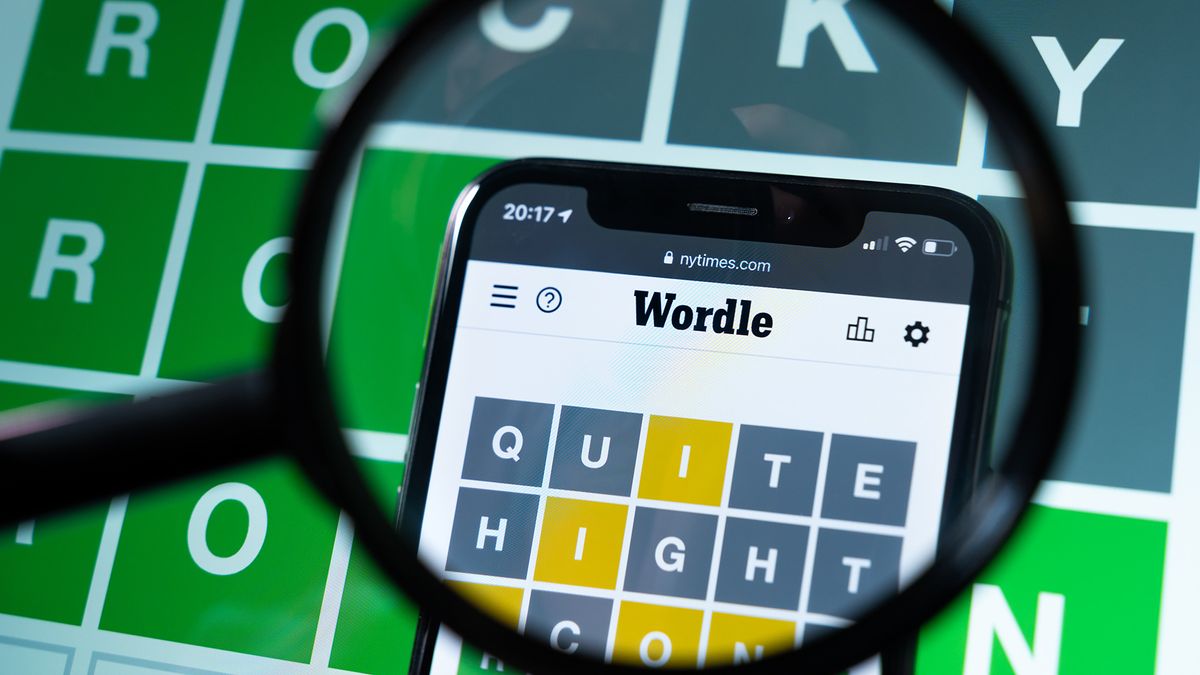Wordle, the deceptively simple yet highly addictive word puzzle, has taken the world by storm. Each day, players eagerly await the release of a new puzzle, challenging themselves to guess a five-letter word within six tries. The game’s popularity has surged due to its blend of simplicity and strategic depth. To help players improve their Wordle prowess, “Tom’s Wordle Hint” offers daily clues and strategies. This article delves into Tom’s approach, sharing expert tips to enhance your Wordle-solving skills.
Understanding Wordle Basics
Before diving into advanced strategies, it’s crucial to understand Wordle’s fundamental mechanics. Each guess must be a valid five-letter word. The game provides feedback in the form of colored tiles: green for correct letters in the correct position, yellow for correct letters in the wrong position, and gray for incorrect letters. Using this feedback efficiently is key to solving the puzzle within the allotted six tries.
The Importance of a Strong Starting Word
Tom’s first tip revolves around the importance of a strong starting word. Choosing an initial word with a balanced mix of vowels and consonants can significantly improve your chances. Words like “crane,” “slate,” or “tried” are popular choices because they cover common vowels (A, E, I) and frequent consonants (R, S, T).
Starting with such words maximizes the information gained from the first guess. For instance, if you begin with “crane” and receive a green tile for ‘C’ and yellow tiles for ‘R’ and ‘A,’ you’ve already gathered valuable clues to narrow down your next guess.
Leveraging Patterns and Letter Frequency
One of Tom’s key strategies involves leveraging common letter patterns and frequencies in the English language. Certain letters, such as ‘E,’ ‘A,’ ‘R,’ ‘T,’ and ‘O,’ appear more frequently in five-letter words. After the initial guess, focusing on these letters can help you zero in on the correct word faster.
For example, if your starting word yields no correct letters, switching to a word like “pious” or “leapt” can help cover different vowels and consonants. This method ensures you’re using your guesses to systematically eliminate unlikely letters while identifying potential matches.
Managing the Yellow Tiles
Yellow tiles indicate correct letters in the wrong positions. Managing these tiles effectively is crucial for solving Wordle puzzles efficiently. Tom suggests a methodical approach: once a letter is identified as correct but misplaced, try different positions for that letter in subsequent guesses.
For instance, if ‘A’ is yellow in the word “crane,” consider placing ‘A’ in various positions in your next guesses (e.g., “cater,” “react”). This approach helps you quickly determine the exact placement of yellow tiles.
Avoiding Common Pitfalls
A common pitfall in Wordle is fixating on a single word based on partial matches, leading to wasted guesses. Tom advises against this tunnel vision. Instead, use each guess to gather new information, even if it means forgoing a word you’re confident might be correct.
Diversifying your guesses helps eliminate multiple possibilities simultaneously, increasing the chances of stumbling upon the correct word. Remember, each guess should be strategic, providing maximum feedback to narrow down the options.
Using Process of Elimination
Wordle is as much about what letters are not in the word as it is about the ones that are. Tom emphasizes the power of process of elimination. After a few guesses, you should have a list of letters that are definitely not in the word. Use this information to guide your guesses.
For example, if you’ve established that ‘E,’ ‘A,’ and ‘R’ are not in the word, your subsequent guesses should avoid these letters entirely. This strategy ensures you’re not repeating mistakes and are consistently making progress toward the solution.
The Role of Intuition and Experience
While Wordle is grounded in logic and pattern recognition, there’s an element of intuition involved. Experienced players develop a sense for common word structures and can often make educated guesses based on partial information.
Tom’s daily hints often incorporate this intuitive aspect, suggesting words that might not be immediately obvious but fit the known constraints. Over time, players can hone their intuition, making it easier to spot likely words even with minimal information.
The Community Aspect
One of the unique aspects of “Tom’s Wordle Hint” is the sense of community it fosters. Wordle enthusiasts gather to share their strategies, successes, and challenges. Engaging with a community of like-minded players can provide new perspectives and techniques that you might not have considered.
Tom’s daily hints often spark discussions, with players debating the merits of different starting words or sharing their favorite strategies for managing yellow tiles. This collaborative environment enhances the Wordle experience, making it more than just a solo puzzle.
Conclusion
Wordle is a game that blends simplicity with strategic depth, offering endless entertainment for word puzzle enthusiasts. By following Tom’s Wordle Hint, players can gain valuable insights and improve their chances of solving the daily puzzle efficiently. From selecting a strong starting word to managing yellow tiles and leveraging letter frequencies, Tom’s tips provide a comprehensive guide to mastering Wordle.
Whether you’re a seasoned Wordle veteran or a newcomer looking to improve, integrating these strategies into your gameplay will undoubtedly enhance your Wordle-solving skills. So, the next time you tackle a Wordle puzzle, remember Tom’s advice and approach each guess with strategy and confidence. Happy puzzling!





